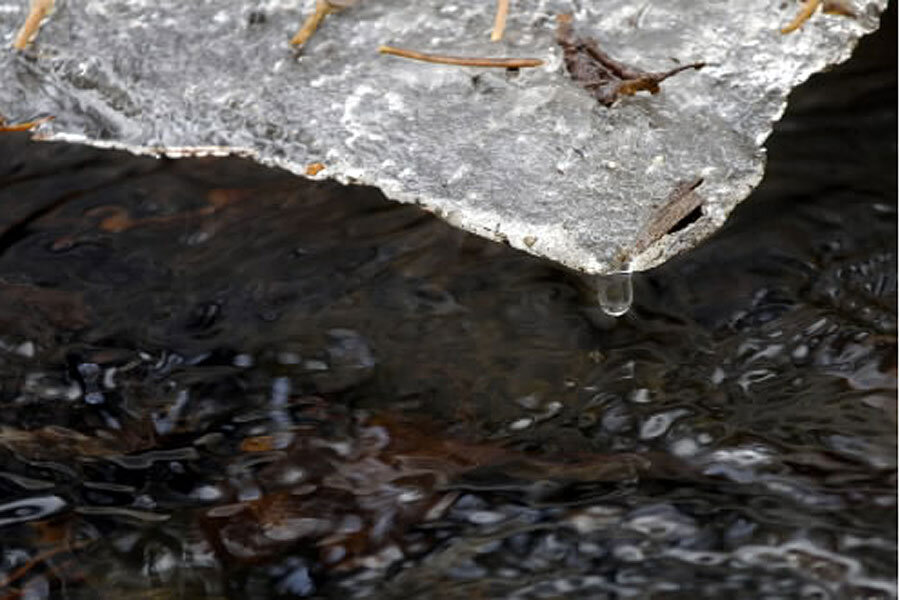How declining snowpack threatens water supplies
Loading...
Large swathes of the northern hemisphere, home to some 2 billion people, could suffer increasing water shortages due to shrinking snowpacks, researchers said on Thursday.
Data shows reduced snowpacks – the seasonal accumulation of snow – will likely imperil water supplies by 2060 in regions from California's farmlands to war-torn areas of the Middle East, according to a team of scientists in the United States and Europe.
In total, nearly a hundred water basins dependent on snow across the northern hemisphere run the chance of decline.
"Water managers in a lot of places may need to prepare for a world where the snow reservoir no longer exists," said Justin Mankin, the study's lead author and a researcher at Columbia University's Earth Institute in New York, in a statement.
Basins in northern and central California, the Ebro-Duero basin in Portugal, Spain and southern France and the Shatt al-Arab basin affecting much of the Middle East including Iraq and Syria count among those most sensitive to changes, the study shows.
In these areas, global warming is disrupting snow accumulation, which acts as a seasonal source of water when it melts, the researchers said.
Still, across most of North America, northern Europe, Russia, China and southeast Asia, rainfall is projected to continue meeting demand, according to the study published in the online journal Environmental Research Letters.
Earlier this year, amid a devastating drought in California, U.S. authorities reported that a dry, mild winter had left the country's Western mountain snowpack at record low levels.
World leaders will meet in Paris starting this month in a bid to agree on ways to reduce the effects of climate change.
(Reporting by Sebastien Malo, Editing by Ellen Wulfhorst. Please credit the Thomson Reuters Foundation, the charitable arm of Thomson Reuters, that covers humanitarian news, women's rights, trafficking, corruption and climate change. Visit www.trust.org)







